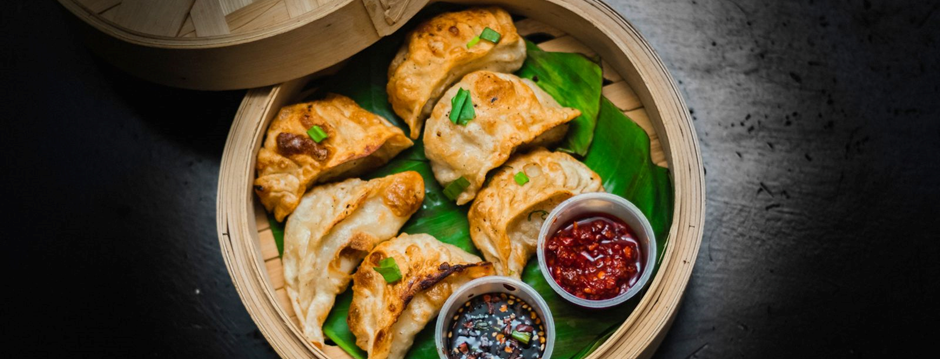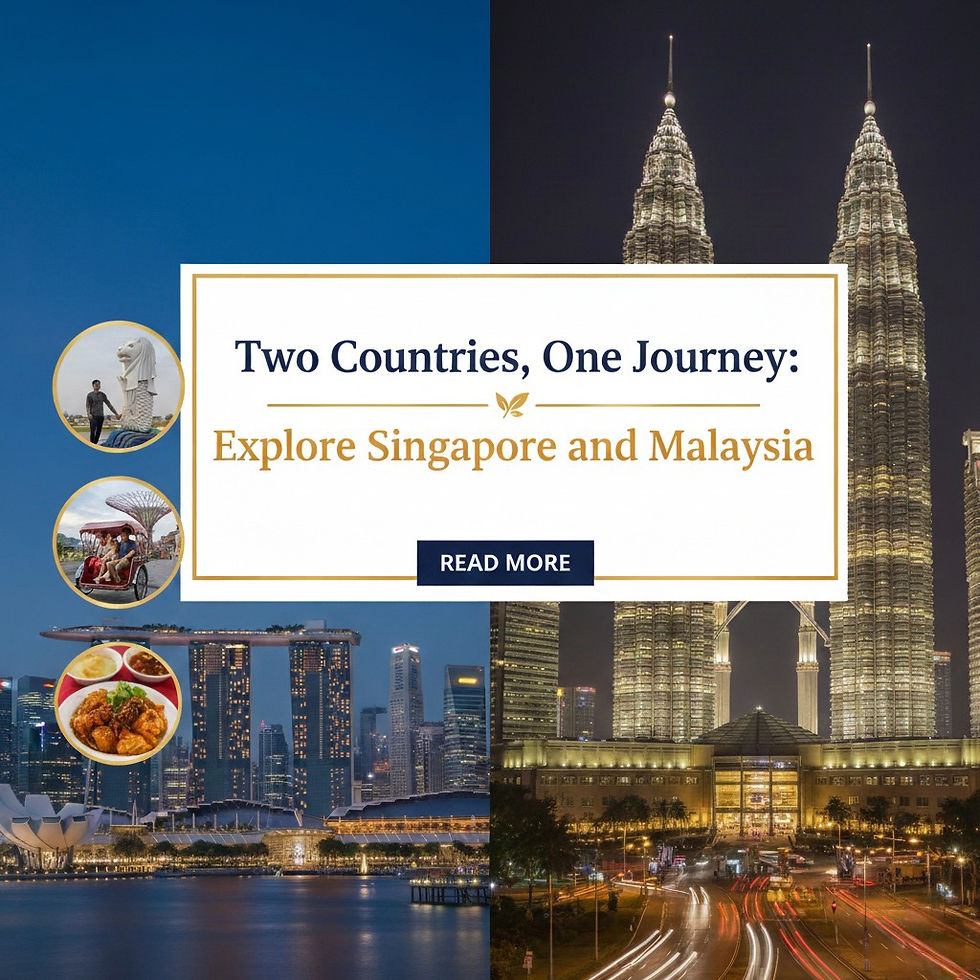Manali vs. Shimla: Which Hill Station Should You Visit First?
- suyash ghorpade
- Dec 5, 2024
- 4 min read
India’s northern hill stations, Manali and Shimla, are popular destinations for travelers seeking natural beauty, adventure, and a serene escape from city life. Choosing between these two can be a tough decision, as both offer unique experiences. In this article, we’ll compare Manali and Shimla across various factors such as attractions, climate, activities, accessibility, and more to help you decide which hill station to visit first.
1. Introduction to Manali and Shimla
Manali, nestled in the Kullu Valley of Himachal Pradesh, is known for its snow-capped peaks, adventure sports, and a laid-back vibe. On the other hand, Shimla, the capital of Himachal Pradesh, is renowned for its colonial charm, heritage sites, and bustling markets. Each destination has its unique appeal, attracting different kinds of travelers.
2. Scenic Beauty: Which Offers More?
Manali: A Himalayan Wonderland
Manali is surrounded by lush forests, cascading waterfalls, and towering mountains. The Beas River flows through the valley, adding to the area's picturesque charm. Places like Solang Valley, Rohtang Pass, and Hampta Pass offer jaw-dropping views and opportunities for trekking and skiing.
Shimla: Colonial Elegance
Shimla boasts rolling hills, dense pine forests, and spectacular sunrise views. Its colonial architecture, exemplified by the Viceregal Lodge and Christ Church, blends beautifully with its natural surroundings. The Kalka-Shimla toy train, a UNESCO World Heritage Site, offers breathtaking views as it winds through the hills.
Verdict: If you’re seeking raw, untouched natural beauty, Manali has the edge. For a blend of history and scenic landscapes, Shimla is the winner.
3. Weather and Best Time to Visit
Manali
Manali experiences cool weather year-round, with snow during winter months (December to February). Summers (March to June) are pleasant and ideal for outdoor activities.
Shimla
Shimla has a moderate climate with cool summers and snowy winters. The monsoon season (July to September) adds a fresh, green touch to its surroundings.
Verdict: If you want to experience snow, both destinations are great during winter. However, Manali is better for summer adventures, while Shimla is ideal for a relaxed monsoon retreat.
4. Adventure Activities
Manali: A Thrill-Seeker’s Paradise
Manali is a hub for adventure enthusiasts. Activities include:
Paragliding in Solang Valley
Skiing in Rohtang Pass
River rafting in the Beas River
Trekking to Hampta Pass and Chandratal Lake
Shimla: Gentle Adventures
Shimla offers milder adventure options such as:
Short treks to Chadwick Falls and Jakhoo Temple
Ice skating at the open-air rink during winter
Camping in nearby areas like Shoghi
Verdict: For adrenaline-pumping activities, Manali takes the crown. Shimla is better for leisurely outdoor pursuits.
5. Cultural and Historical Attractions
Manali
Manali offers spiritual sites such as the Hadimba Devi Temple and Manu Temple. The town is also a gateway to the hippie haven Kasol and the spiritual center Manikaran Sahib.
Shimla
Shimla is steeped in colonial history. The Mall Road, Ridge, and Viceregal Lodge are prime spots for exploring the city’s heritage. The Annandale Museum showcases Shimla’s role during British rule.
Verdict: History buffs will love Shimla, while those looking for spiritual and cultural diversity may prefer Manali.
6. Accessibility and Connectivity
Manali is approximately 550 km from Delhi, with frequent buses and taxis available. The nearest airport is Bhuntar Airport, around 50 km away.
Shimla
Shimla is closer to Delhi, at about 350 km, making it more accessible. The Kalka-Shimla toy train adds a unique travel experience.
Verdict: Shimla is more convenient to reach, especially for weekend trips.
Both destinations offer a range of accommodations, from budget hostels to luxury resorts.
Manali
Backpacker hostels like Zostel and The Hosteller
Luxurious stays such as ManuAllaya Resort and Span Resort
Shimla
Colonial-style hotels like Clarkes Hotel
Budget-friendly options around Mall Road
Verdict: Both Manali and Shimla cater well to diverse budgets and preferences.
8. Food and Cuisine
Manali’s cafes, such as Café 1947 and Johnson’s Café, serve a mix of Himachali, Indian, and continental cuisine. The local delicacy siddu is a must-try.
Shimla offers delicious street food on Mall Road, including channa madra and bun samosa. Fine dining options are available at colonial-era hotels.
Verdict: Both destinations excel in their culinary offerings, with unique local flavors.
9. Shopping Experiences
Manali
The Mall Road in Manali offers woolen clothes, handicrafts, and Tibetan artifacts. For something unique, visit Old Manali Market for quirky souvenirs.
Shimla
Shimla’s Lakkar Bazaar is famous for wooden handicrafts. The bustling Mall Road features everything from local jewelry to traditional Himachali shawls.
Verdict: Shimla provides a more traditional shopping experience, while Manali’s markets have a more modern, eclectic vibe.
Manali and Shimla are both budget-friendly destinations, but the cost can vary depending on the season and activities.
Manali: Slightly more expensive during peak adventure sports season.
Shimla: More affordable for shorter, family-friendly trips.
Verdict: Shimla is more economical for quick getaways, while Manali might require a slightly higher budget.
Conclusion
Both Manali and Shimla are stunning hill stations with their unique offerings. Manali is ideal for adventure enthusiasts and nature lovers, while Shimla is perfect for those seeking colonial charm and a relaxed vibe. The choice ultimately depends on your interests and the kind of vacation you’re looking for. Whether you pick Manali or Shimla, both promise an unforgettable experience in the lap of the Himalayas.
So, which hill station will you explore first? Let us know in the comments!








Comments